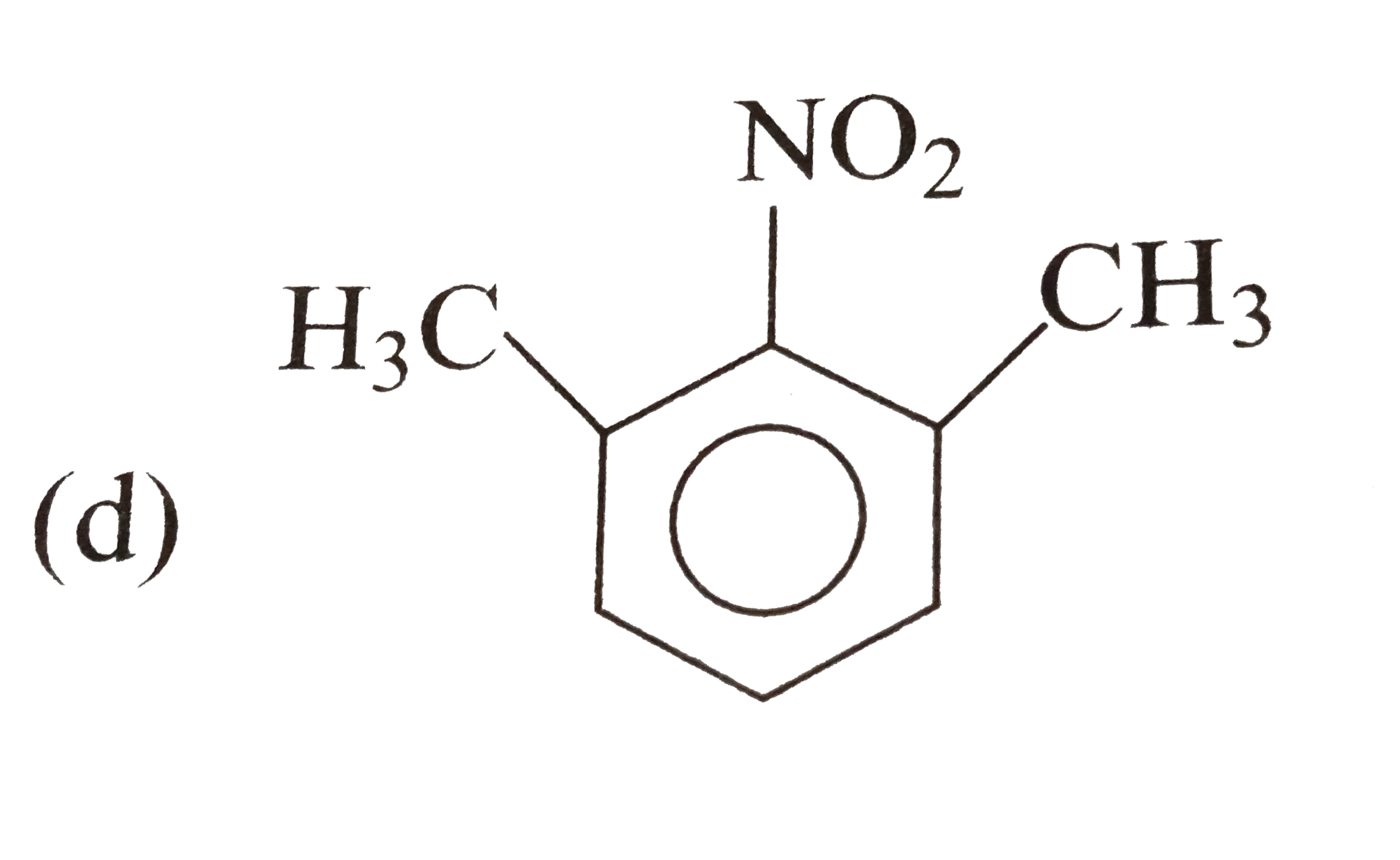The most important condition for resonanace to occur is that the invovled atoms in resonating structure must be coplanar or nearly coplanar for maximum delocalisation. If this condition does not fulfil, involved orbitals cannot be parallel to each other and as consequence delocalisation cannot occur. Bulky groups present on adjacent atoms inhibit the planarity of atoms involved in resonance. this pehnomenon is known as steric inhibition of resonance. Steric inhibition of resonance has profound effect on
Q. Which of the following is most acidic:
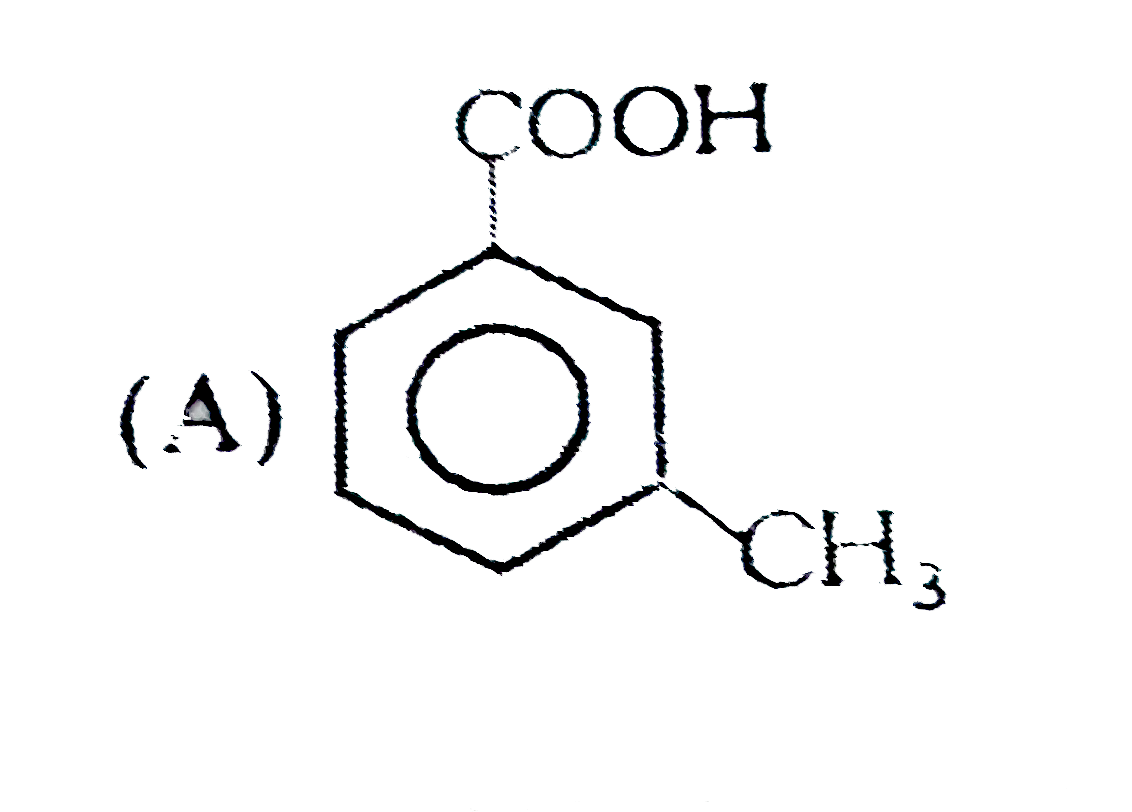
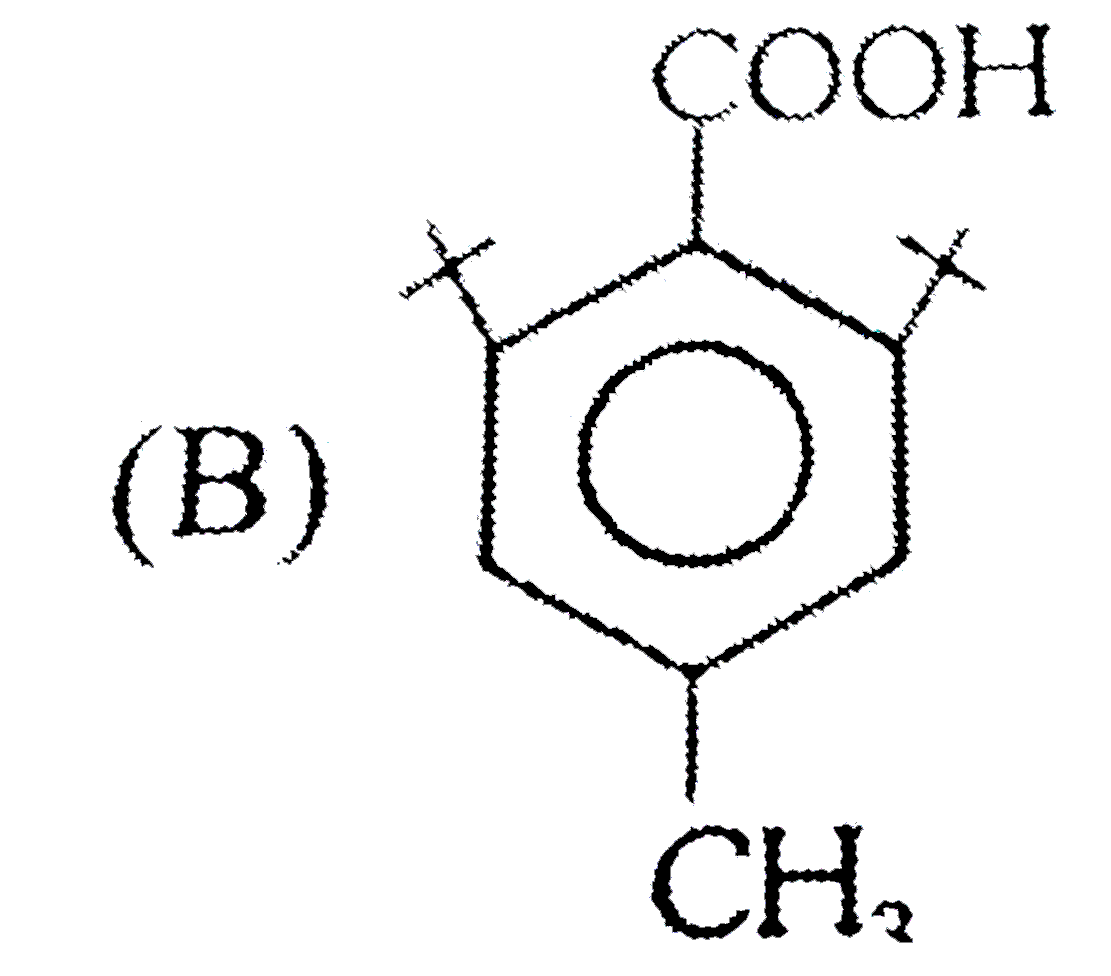
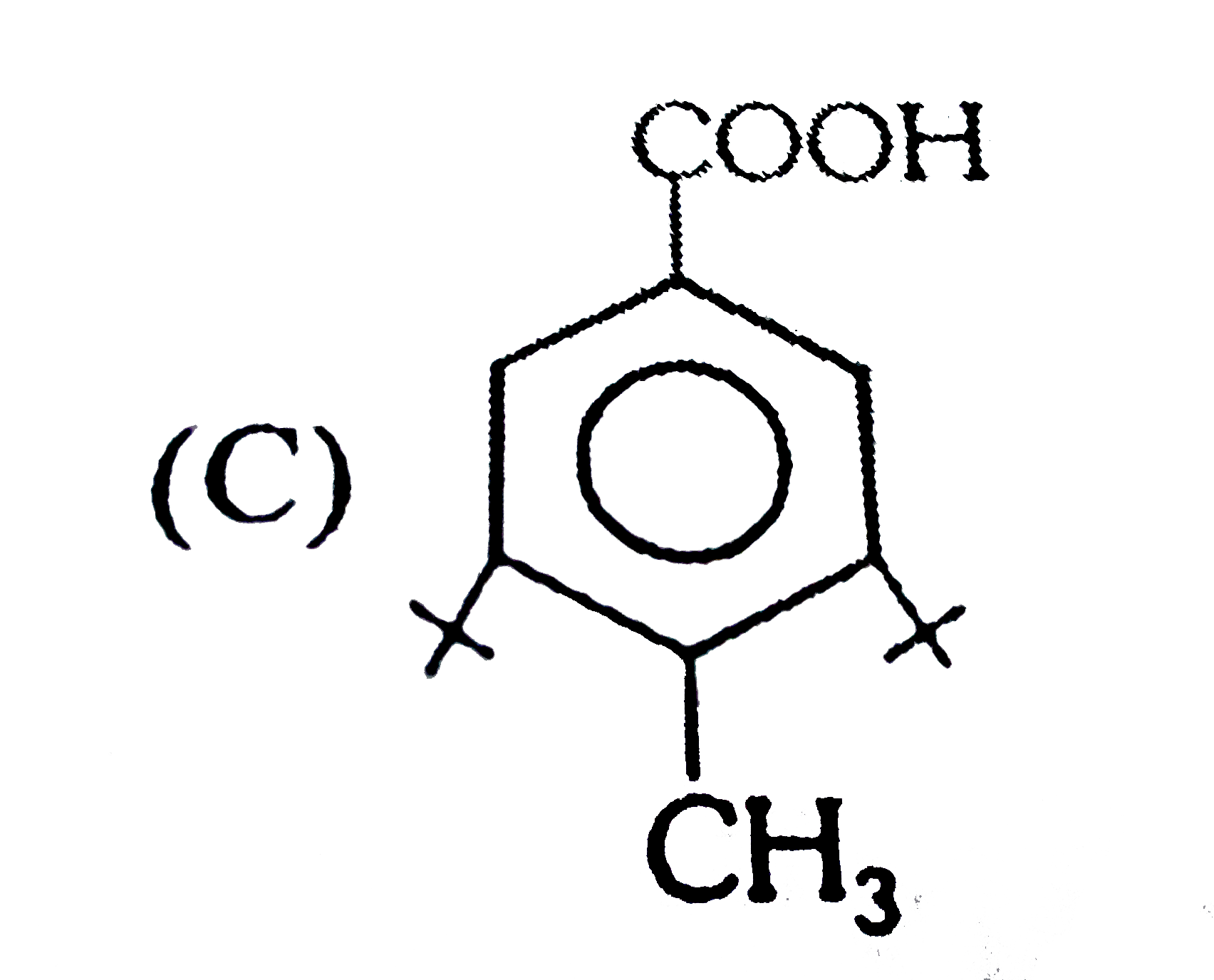
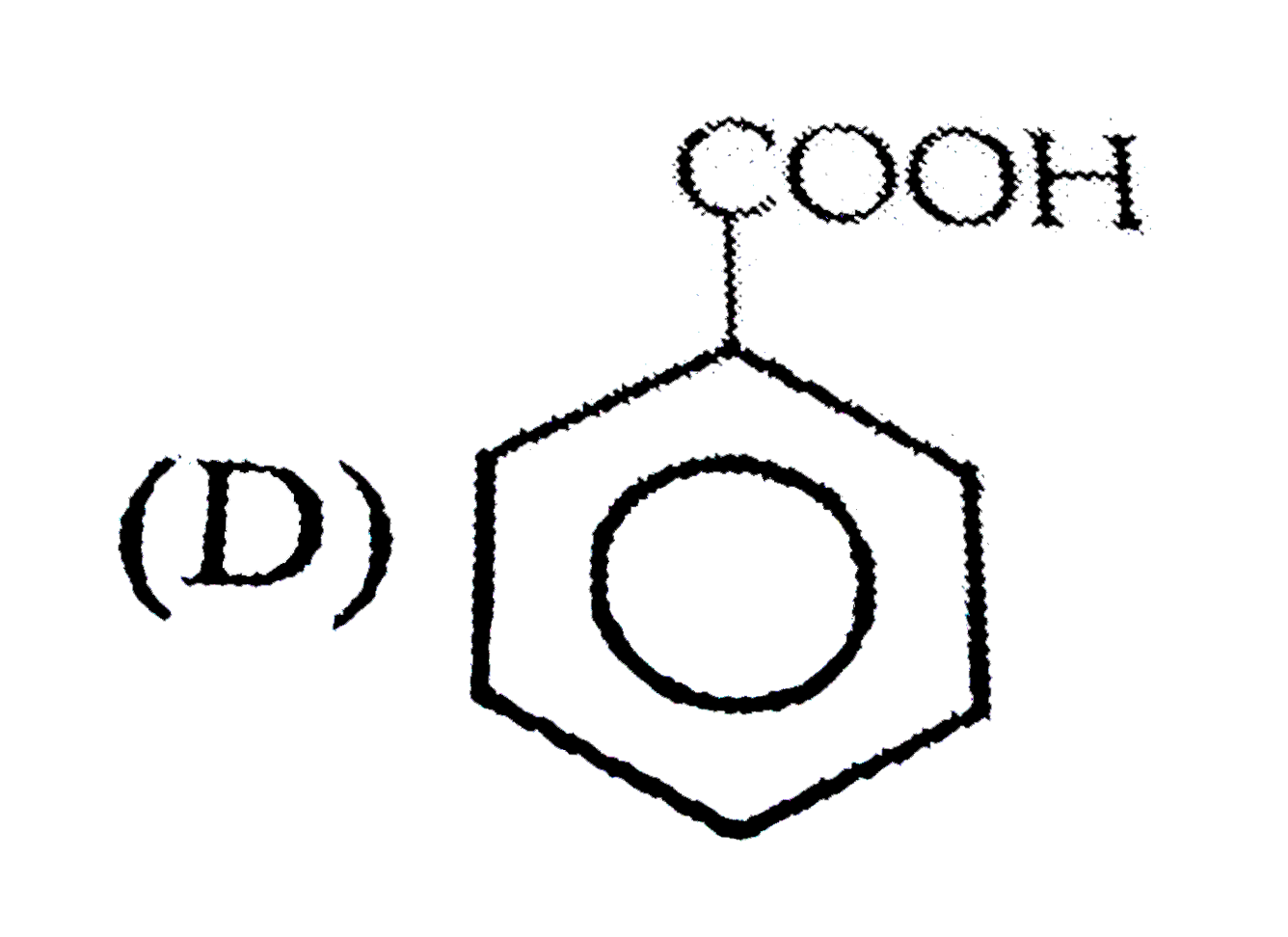
The correct Answer is:B
To determine which of the given compounds is the most acidic, we need to analyze the effects of substituents on the acidity of benzoic acid derivatives. Here's a step-by-step solution:
Step 1: Identify the Compounds
We start by identifying the compounds in the options provided. All options are derivatives of benzoic acid (C6H5COOH), which means they all contain the carboxylic acid functional group (-COOH).
Step 2: Understand the Role of Substituents
The acidity of benzoic acid is influenced by the substituents attached to the benzene ring. The key concept here is that:
- Electron-withdrawing groups (EWGs) increase acidity by stabilizing the negative charge on the conjugate base (the carboxylate ion).
- Electron-donating groups (EDGs) decrease acidity by destabilizing the conjugate base.
Step 3: Classify the Substituents
In the options, we need to classify the substituents:
- If a compound has an electron-withdrawing group (like -NO2, -Cl, etc.), it will be more acidic.
- If a compound has an electron-donating group (like -CH3, -OCH3, etc.), it will be less acidic.
Step 4: Analyze Each Compound
1. Compound A: Contains a -CH3 group (an electron-donating group).
2. Compound B: Contains a -Cl group (an electron-withdrawing group).
3. Compound C: Contains a -CH3 group (an electron-donating group).
4. Compound D: Is benzoic acid itself (no substituents).
Step 5: Compare Acidity
- Compound A and Compound C: The presence of the -CH3 group decreases acidity.
- Compound B: The presence of the -Cl group increases acidity due to its electron-withdrawing nature.
- Compound D: Benzoic acid has no substituents, making it moderately acidic.
Step 6: Conclusion
Among the compounds analyzed:
- Compound B (with -Cl) will be the most acidic due to the electron-withdrawing effect of chlorine, which stabilizes the conjugate base.
- Therefore, the most acidic compound is Compound B.
Final Answer
The most acidic compound among the options is Compound B.
---
We start by identifying the compounds in the options provided. All options are derivatives of benzoic acid (C6H5COOH), which means they all contain the carboxylic acid functional group (-COOH).
The acidity of benzoic acid is influenced by the substituents attached to the benzene ring. The key concept here is that:
- Electron-withdrawing groups (EWGs) increase acidity by stabilizing the negative charge on the conjugate base (the carboxylate ion).
- Electron-donating groups (EDGs) decrease acidity by destabilizing the conjugate base.
In the options, we need to classify the substituents:
- If a compound has an electron-withdrawing group (like -NO2, -Cl, etc.), it will be more acidic.
- If a compound has an electron-donating group (like -CH3, -OCH3, etc.), it will be less acidic.
1. Compound A: Contains a -CH3 group (an electron-donating group).
2. Compound B: Contains a -Cl group (an electron-withdrawing group).
3. Compound C: Contains a -CH3 group (an electron-donating group).
4. Compound D: Is benzoic acid itself (no substituents).
- Compound A and Compound C: The presence of the -CH3 group decreases acidity.
- Compound B: The presence of the -Cl group increases acidity due to its electron-withdrawing nature.
- Compound D: Benzoic acid has no substituents, making it moderately acidic.
Among the compounds analyzed:
- Compound B (with -Cl) will be the most acidic due to the electron-withdrawing effect of chlorine, which stabilizes the conjugate base.
- Therefore, the most acidic compound is Compound B.
The most acidic compound among the options is Compound B.
Topper's Solved these Questions
- ACIDIC STRENGTH & BASIC STRENGTHBOOK - ALLENCHAPTER - ACIDIC STRENGTH & BASIC STRENGTHEXERCISE - Exercise II
15 Videos
- ACIDIC STRENGTH & BASIC STRENGTHBOOK - ALLENCHAPTER - ACIDIC STRENGTH & BASIC STRENGTHEXERCISE - Exercise III
14 Videos
- CONCENTRATION TERMSBOOK - ALLENCHAPTER - CONCENTRATION TERMSEXERCISE - Exercise Jee-Advance
3 Videos
- AIIMS 2019BOOK - ALLENCHAPTER - AIIMS 2019EXERCISE - CHEMISTRY
40 Videos
Similar Questions
The most important condition for resonanace to occur is that the invovled atoms in resonating structure must be coplanar or nearly coplanar for maximum delocalisation. If this condition does not fulfil, involved orbitals cannot be parallel to each other and as consequence delocalisation cannot occur. Bulky groups present on adjacent atoms inhibit the planarity of atoms involved in resonance. this pehnomenon is known as steric inhibition of resonance. Steric inhibition of resonance has profound effect on
Q. Arrange the following in the decreasing order of basicity:
 .
.
View SolutionSteric Inhibition of Resonance
View Solution
Knowledge Check
Resonance occurs due to
Adelocalisation of lone pair of electronsBdelocalisation of σ-electronsCdelocalisation of π-electronsDoscillation of a proton.Which of the following compounds will not show steric inhibition of resonance?
A B
B C
C D
D
Steric inhibition is not applicable in :
A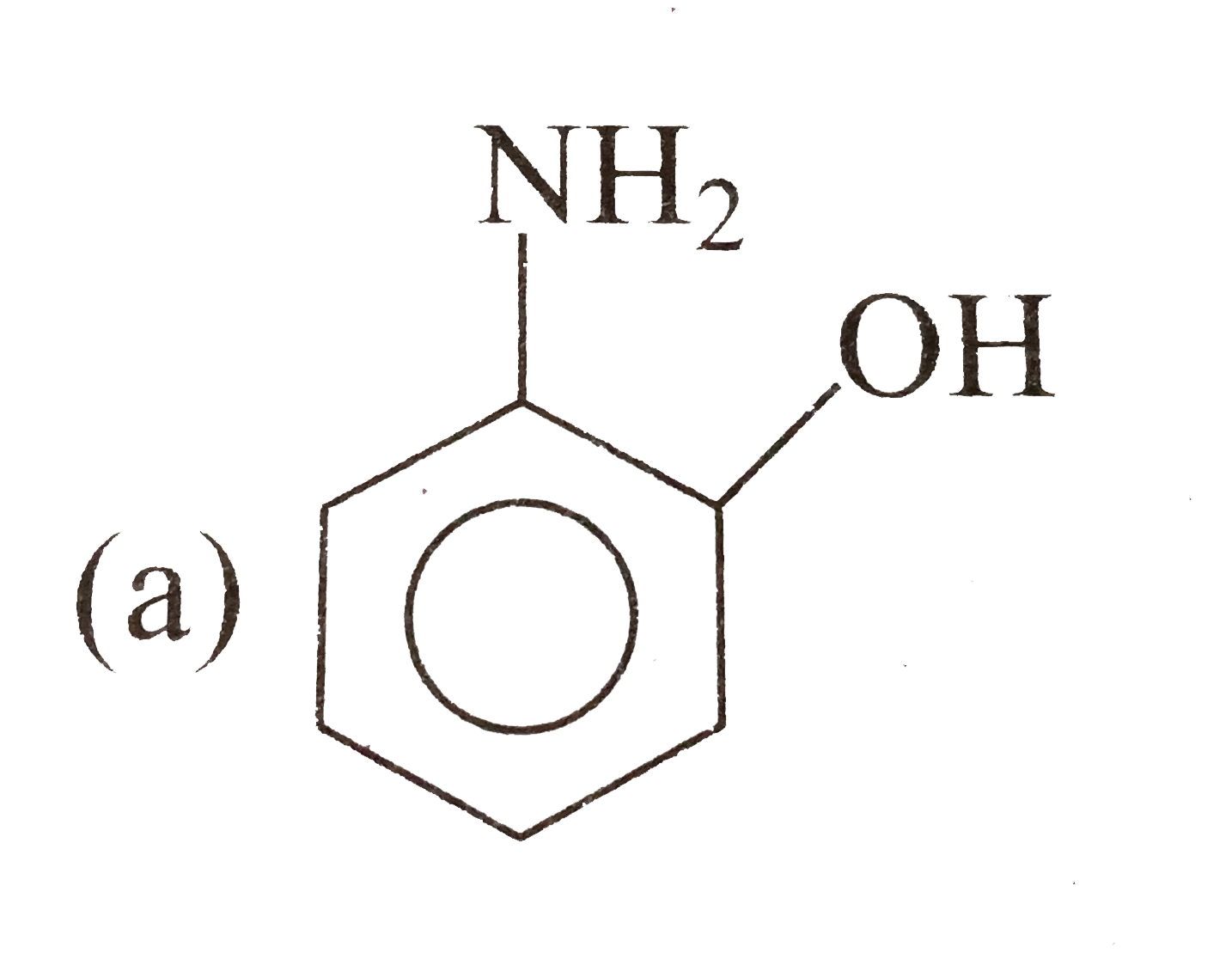 B
B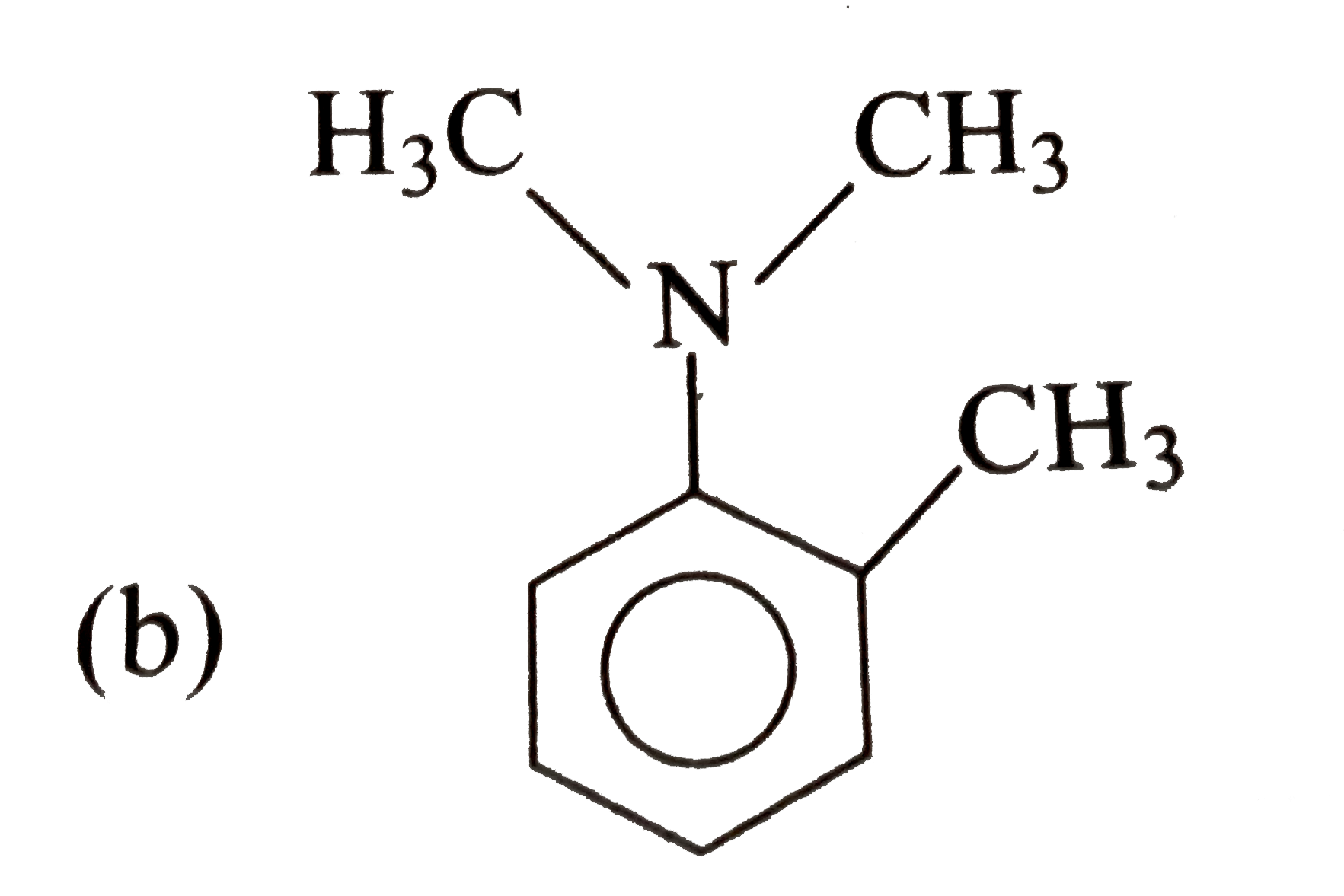 C
C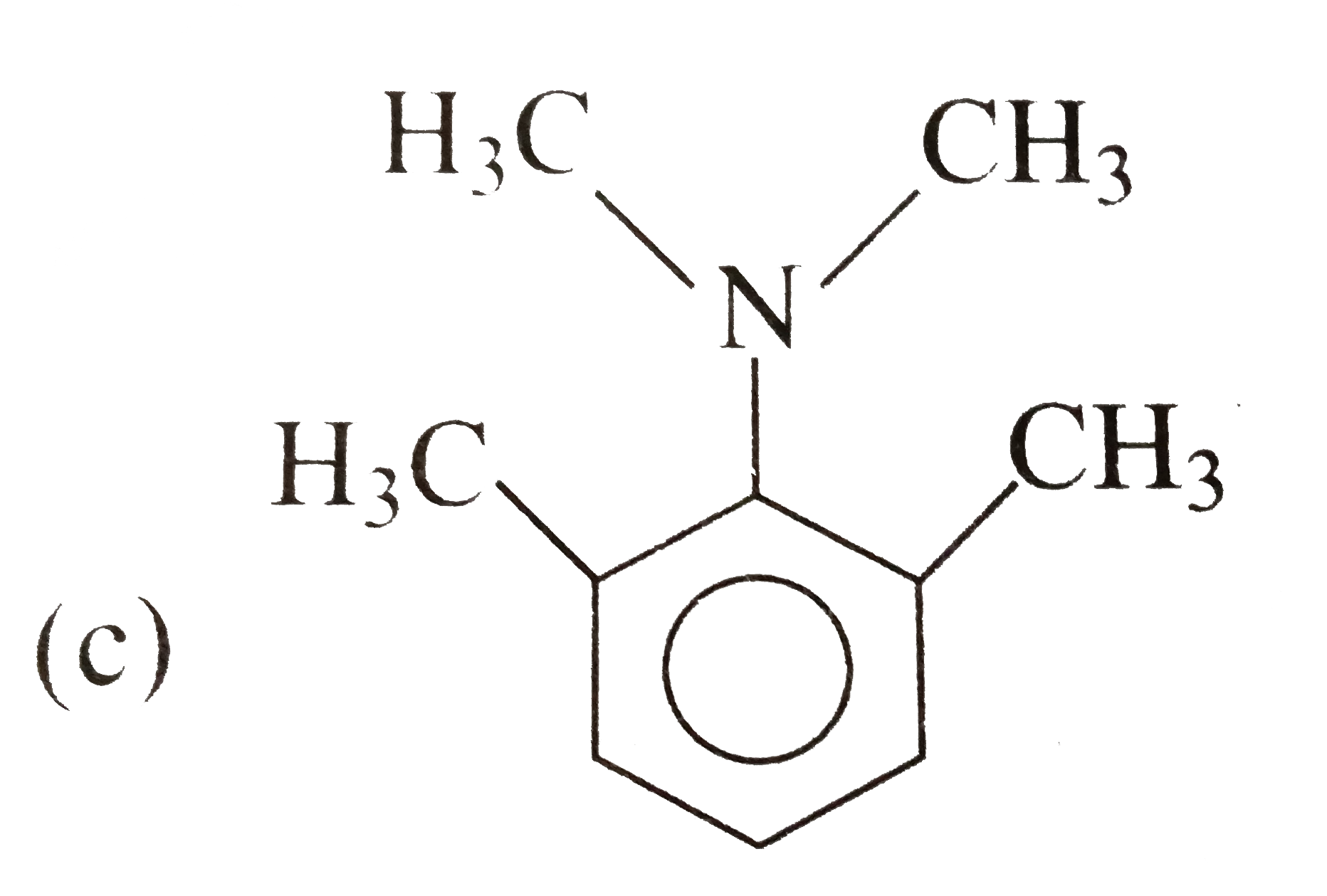 D
D